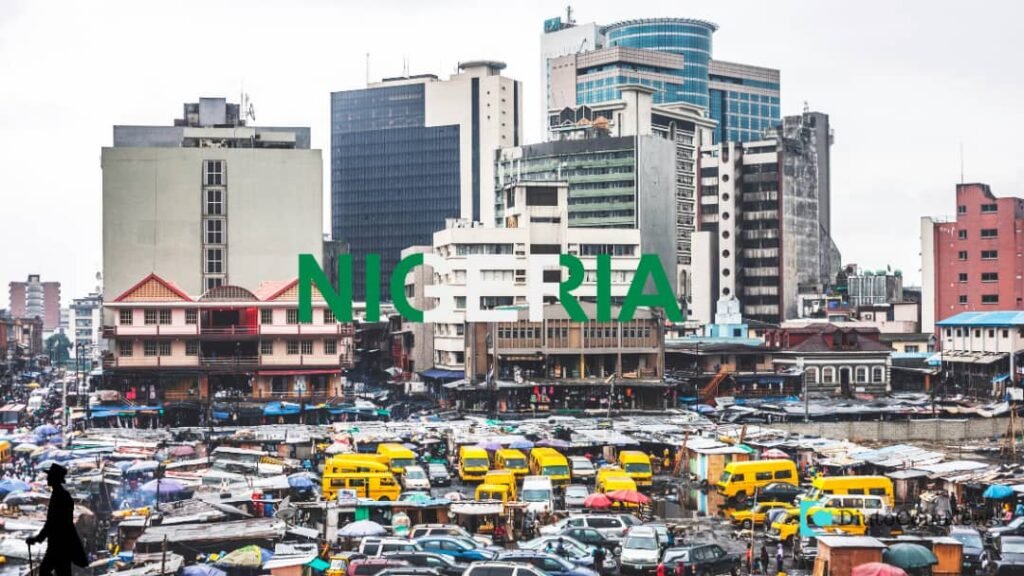Web 2.0 refers to the version of the internet most of us know today including iOS, android etc. It is an internet dominated by companies that provide services in web2.0 apps like google and apple services in exchange for your personal data. It’s known as Social Web.
Web2.0 is democratised in the sense that anyone can post unlike Web1.0 which is synonymous with static web pages. Web2.0 is synonymous with dynamic web pages where anybody can post, comment and upload.
Going Into Web3
Chris Dixon noted, web3 is “…an internet owned by users and builders, orchestrated with tokens.”
Web3 is known as the “Decentralized web,” and generally encompasses both decentralized applications (or DApps) and decentralized finance (or DeFi) like cryptocurrencies, assets, or tokens. It relies on two new technologies: decentralized networks, and blockchain.
Web3, in the context of the new web, refers to decentralized apps (DApp) that run on the blockchain. Also web3 refers to decentralized networks (networks with no central control). For DApps via blockchain technology, Ethereum majorly powers Web 3 browsers aside other blockchains.
Ethereum Virtual Machine (EVM) here can be referred to as Android or iOS where platforms like Opensea.io is referred to as a DApp.
Decentralized Networks run from no central point or server, any server / network (computer) can contribute to powering the network. Users’ information can’t be jeopardised since everyone owns his data and decides who gets access to it.
You might be wondering if decentralized apps can be found on app stores. Yes, it can be found on app stores like Google Play Stores. If you trade cryptocurrency, or have a crypto wallet, you’re likely using web3.
Features of Web3
Some features/angles of web2 applications coming to web3/ decentralized networks includes:
Social Media
Freelancing
E-commerce
Browsing
Storage Dapps
File Sharing Dapps
We won’t cover all these angles. But these angles are most common sectors to look into with the adoption of web3.
Social Media: This sector will cover decentralized messaging platforms. A social media platform where users can securely send and receive truly encrypted messages. Some platforms includes:
Status Network and Keybase. Telegram is also a decentralized network powered app.
Storage DApps: The distancing of publishing from the incumbents because of censorship concerns open doors for the growth of storage DApps like Bluzelle. Bluzelle as a decentralized storage layer is the fuel for the creator economy. Bluzelle gives creators the ability to store their intellectual property in a way that’s secure, always available and censorship resistant.
Another top decentralized storage app is Filecoin (FIL). It’s a cryptocurrency that powers the Filecoin network, a decentralized peer-to-peer file storage network that uses Proof-of-SpaceTime to let anyone store, retrieve, and host digital information. FIL tokens are used as payment for these services and as an economic incentive to ensure files are stored reliably over time.
File Sharing DApps: BitTorrent is the file decentralized file sharing platform. It’s the company behind the largest decentralized P2P communications protocol for distributing data and large files over the Internet. The protocol is responsible for running a significant percentage of the world’s Internet traffic each day.
Another top file sharing platform is Storj. With Storj DCS (Decentralized Cloud Storage) files aren’t stored in centralized data centers— instead, they’re encrypted, split into pieces, and distributed on a global cloud network. Storj is the second largest in user adoption with far more integration for users.
There are many other sectors of web3 that will be harnessed over time. The trend keeps growing and innovating.
Web3.0 Protocol
Merkle Network
This is a web3.0 protocol for interoperable oracles to enable cross chain transfers of blockchain assets
Discover more from DiutoCoinNews
Subscribe to get the latest posts sent to your email.













